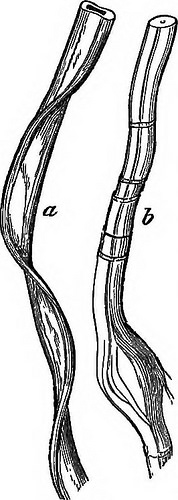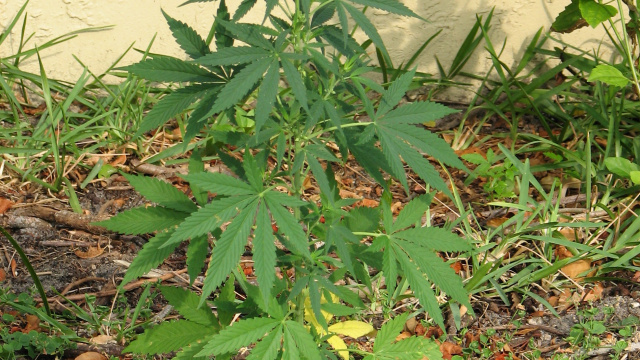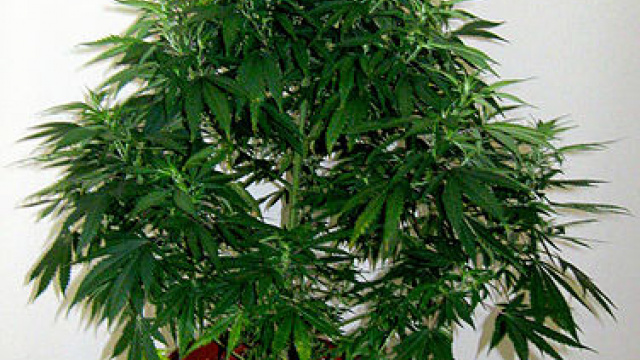Image from page 61 of “How crops grow. A treatise on the chemical composition, structure, and life of the plant, for all students of agriculture ..” (1868)

Image by Internet Archive Book Images
Identifier: cu31924000896575
Title: How crops grow. A treatise on the chemical composition, structure, and life of the plant, for all students of agriculture ..
Year: 1868 (1860s)
Authors: Johnson, Samuel William, 1830-1909
Subjects: Agricultural chemistry Growth (Plants)
Publisher: New York, O. Judd & company
Contributing Library: Cornell University Library
Digitizing Sponsor: MSN
View Book Page: Book Viewer
About This Book: Catalog Entry
View All Images: All Images From Book
Click here to view book online to see this illustration in context in a browseable online version of this book.
Text Appearing Before Image:
Fig. 10. The outer coating, or wall, of the cell is cellulose. Thissubstance is accordingly the skeleton or framework of theplant, and the material that gives tough-ness and solidity to its parts. Next towater it is the most abundant body inthe vegetable world. All plants and all parts of all plantscontain cellulose, but it is relatively mostabundant in their stems and leaves. Inseeds it forms a large portion of the husk,shell, or other outer coating, but in theinterior of the seed it exists in smallquantity. The fibers of cotton, (Fig. 11, a,) hemp,and flax, (Fig. 11,6,) and white cloth andunsized paper made from these materials,are nearly pure cellulose. Tlie fibers of cotton, liemp, and flax, are simply „.^ „ long and tljioli-walled cells, the appearance of ° which, when highly magnified, is shown in fig. 11, where a represents the thinner, more soft, and collapsed cotton fiber, and b the thicker and more durable fiber of linen.
Text Appearing After Image:
THE VOLATILE PART OP PLANTS. 57 Wood, or woody fiber, consists of long and slender cellsof various forms and dimensions, see p. 271,) which are deli-cate when young, (in the sap wood,) but as they becomeolder fill up interiorly by the deposition of repeated layersof cellulose, which is intergron-n with a substance, (or sub-stances,) called lignin.* The hard shells of nuts andstone fruits contain a basis of cellulose, wijich is impreg-nated with ligneous matter. When quite pure, cellulose is a white, often silky orspongy, and translucent body, its appearance varying some-what according to the source whence it is obtained. Inthe air-dry state, it usually contains about 10° |„ of hygro-scopic water. It has, in common with animal membranes,the character of swelling up when immersed in water, fromimbibing this liquid; on drying again, it shrinks in hulk.It is tough and elastic. Cellulose difiers remarkably from the other bodies of this group, in the fact of its slight solubility in dilu
Note About Images
Please note that these images are extracted from scanned page images that may have been digitally enhanced for readability – coloration and appearance of these illustrations may not perfectly resemble the original work.
The people who march for marijuana: Scenes from the 2015 Global Cannabis …
Who gets to grow it? How much can they grow? Where can it be sold? Do we need medical dispensaries and recreational shops? Should the government tax it? How much? What about home grows? Can local municipalities issue moratoriums in their towns? Can …
Read more on OregonLive.com
A New Paradigm For Industrial Hemp Farming On Tribal Lands
With use dating back to the Neolithic Age in China, hemp is one of the earliest known domesticated plants.[1] Its history in North America predates European settlement, as noted by Jamestown, Virginia's Captain Gabriel Archer, who observed it being …
Read more on Law360 (subscription)
Questa residents fight to survive after mine's closure
Ceilidh Creech holds up two bottles of beer brewed with hops from her property in Amalia outside Questa. With the craft beer industry flourishing, Creech and others say there's good potential for Questa to capitalize on both if the community can …
Read more on Santa Fe New Mexican



Leave a Reply